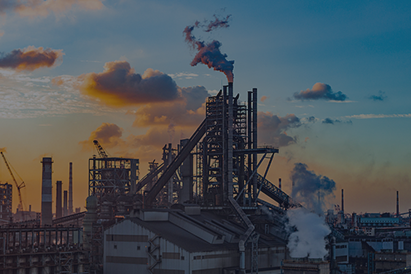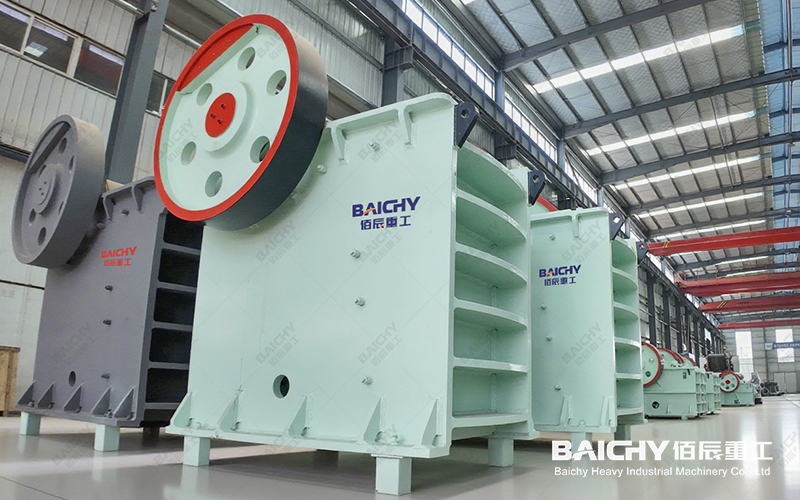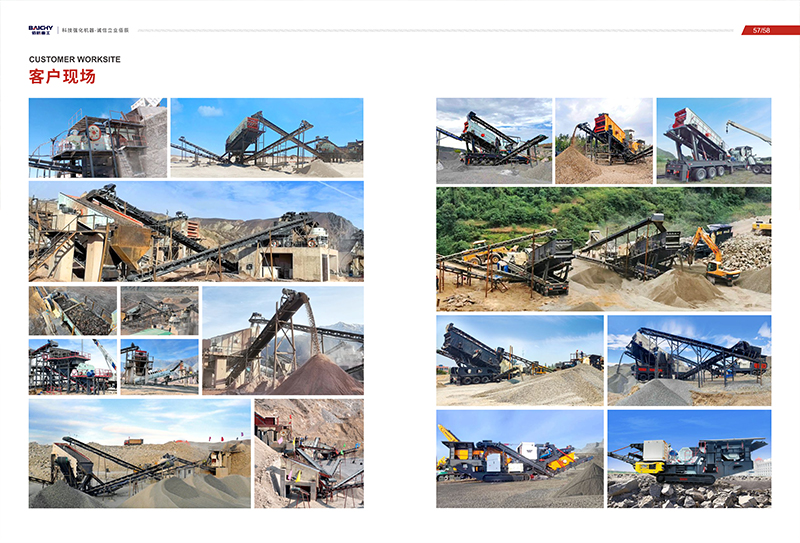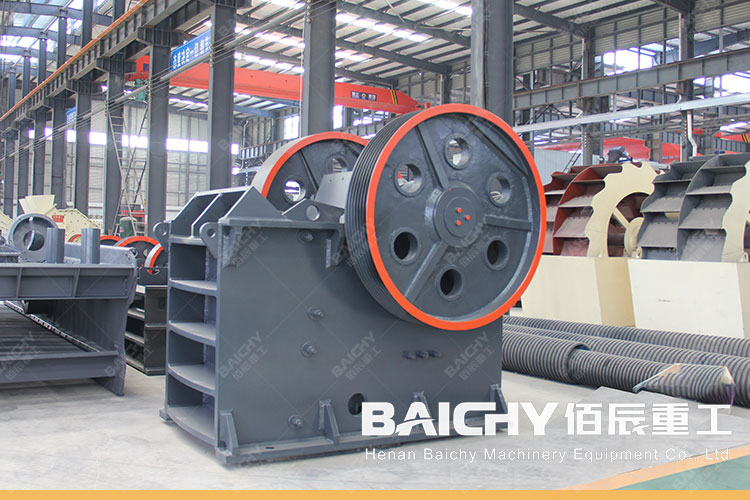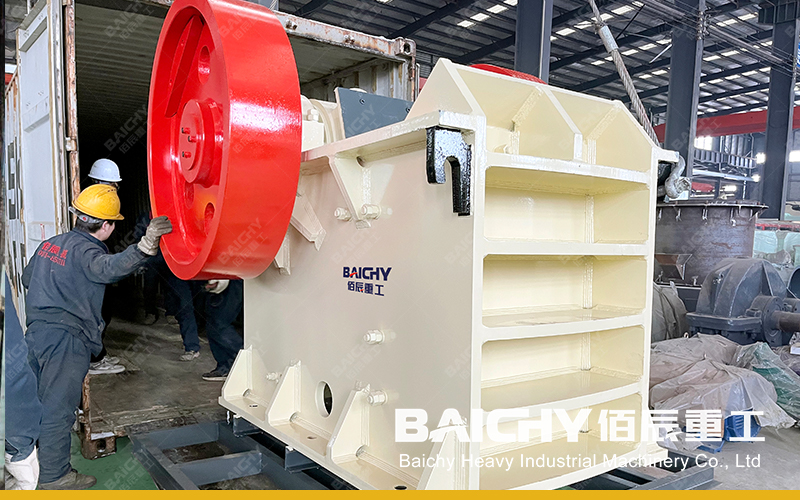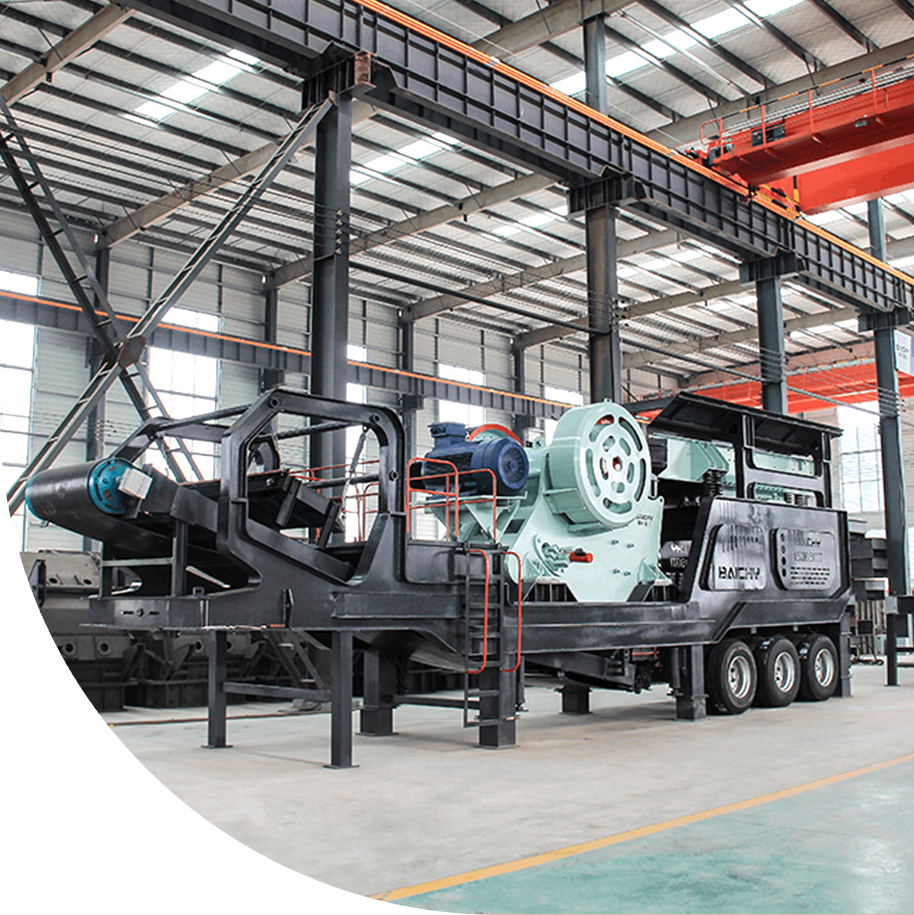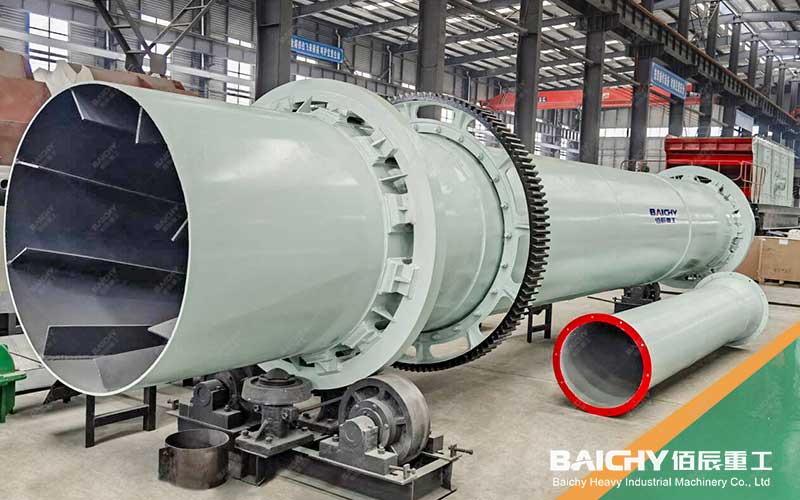
As environmental regulations become increasingly stringent, the demand for industrial and municipal sludge treatment has surged. How to achieve sludge reduction and resource utilization efficiently and at low cost? Sludge drying technology has become a key link. This article will comprehensively analyze the mainstream sludge drying solutions, covering technical principles, equipment selection, cost comparison and practical application cases to help you find the best treatment solution.
The core goal of sludge drying
Sludge drying aims to significantly reduce the volume (reduction of 50%-90%) and weight of sludge by evaporating water, which is convenient for subsequent incineration, landfill or resource utilization. The core indicators include:
✔ Moisture content: from more than 80% to 30%-60% (depending on disposal needs)
✔ Energy consumption ratio: unit sludge treatment cost (yuan/ton)
✔ Stability: physical and chemical properties of sludge after drying (whether it is suitable for composting/incineration)
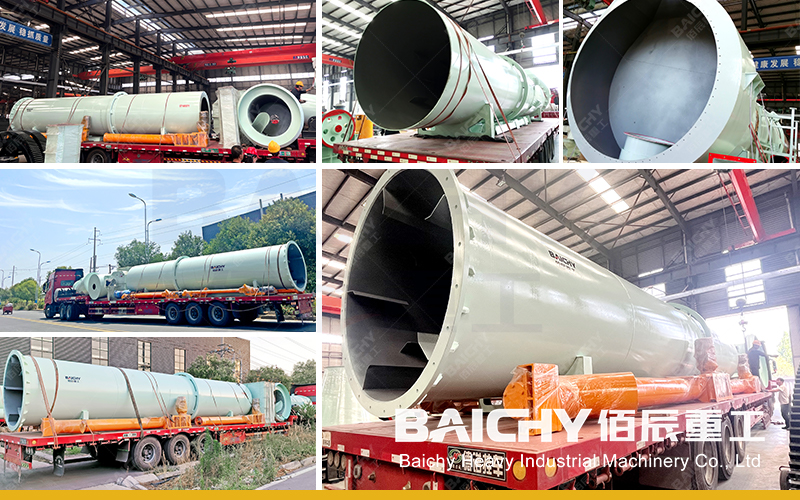
Comparison of mainstream sludge drying technologies
1. Thermal drying technology
Principle: heating sludge through a heat source (steam, gas, electricity) to force evaporation of water.
Advantages:
• Fast processing speed, moisture content can be reduced to less than 10%;
• Suitable for high-viscosity, high-organic sludge (such as chemical, printing and dyeing sludge).
Disadvantages:
• High energy consumption (80-120kW·h per ton of sludge);
• Requires matching tail gas treatment equipment (to avoid VOCs emissions).
Applicable scenarios: large-scale sewage treatment plants, centralized treatment in industrial parks.
2. Solar drying technology
Principle: Utilize the greenhouse effect to evaporate water through solar radiation and natural ventilation.
Advantages:
• Extremely low operating costs (only maintenance costs);
• Zero carbon emissions, environmentally friendly.
Disadvantages:
• Dependence on climate conditions (efficiency drops sharply in rainy season);
• Long drying cycle (usually 15-30 days).
Applicable scenarios: small and medium-sized sewage treatment plants and municipal sludge in areas with sufficient sunshine.
3. Biological drying technology
Principle: Produce heat through aerobic fermentation of microorganisms, evaporate water and degrade organic matter.
Advantages:
• It has both drying and stabilization effects, and the product can be used as garden soil;
• Low energy consumption (only turning and throwing for oxygen supply).
Disadvantages:
• The C/N ratio and ventilation conditions need to be controlled;
• The treatment cycle is about 20-40 days.
Applicable scenarios: Sludge with high organic matter content (such as food factories and farms).
4. Low-temperature heat pump drying technology
Principle: Use heat pumps to recover waste heat and dehydrate at low temperatures of 40-75℃.
Advantages:
• Energy saving (energy consumption is 50% lower than traditional thermal drying);
• No tail gas pollution, suitable for closed workshops.
Disadvantages:
• High equipment investment (about 500,000-1 million yuan/set);
• Small processing volume (≤10 tons per day).
Applicable scenarios: High-value sludge recovery in the pharmaceutical and electronics industries.
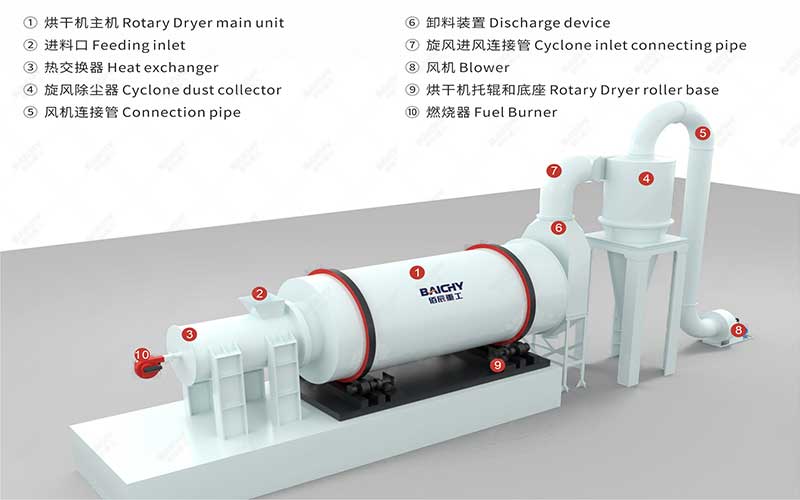
Cost comparison and selection suggestions
| Technology type | Equipment investment (10,000 yuan) | Processing cost (yuan/ton) | Applicable moisture content | Reduction effect |
| Thermal drying | 100-300 | 150-300 | 80%→10% | ★★★★★ |
| Solar drying | 20-50 | 20-50 | 80%→40% | ★★☆☆☆ |
| Biological drying | 30-80 | 50-100 | 80%→50% | ★★★☆☆ |
| Low-temperature heat pump drying | 50-100 | 80-150 | 80%→30% | ★★★★☆ |
Key factors for selection:
• Sludge characteristics: viscosity, organic matter content, initial moisture content;
• Processing scale: daily processing capacity (<5 tons, heat pump, >50 tons, thermal drying);
• Environmental protection requirements: Is it necessary to avoid tail gas emissions (solar energy/heat pump is preferred).
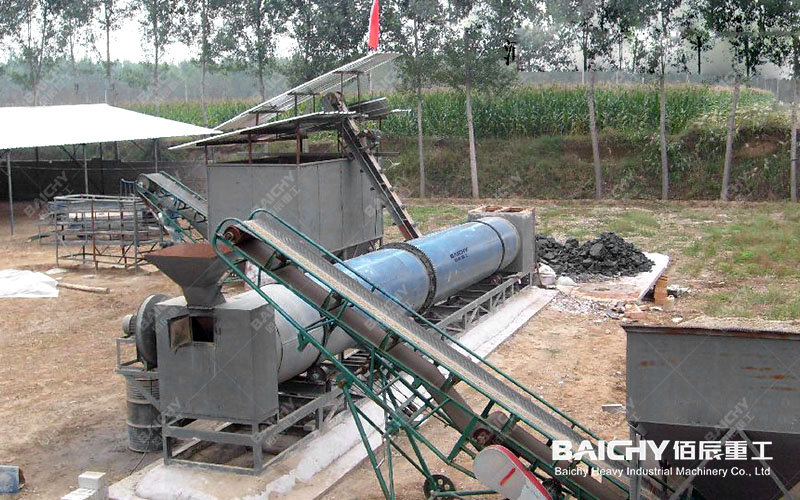
Successful case references
Case 1: Electroplating plant sludge thermal drying project
• Background: Heavy metal sludge with a moisture content of 85% needs to be reduced to less than 10% for incineration.
• Solution: Use gas thermal drying system with cyclone dust removal + activated carbon adsorption.
• Effect: Treatment cost is 220 yuan/ton, annual sludge reduction is 5,000 tons, and landfill costs are saved by more than one million.
Case 2: Municipal sludge solar drying shed
• Background: A sewage plant in a third-tier city with an average daily sludge of 30 tons and a limited budget.
• Solution: Build a 5,000㎡ solar greenhouse supplemented by mechanical turning.
• Effect: The moisture content is reduced from 78% to 45%, and the operating cost is only 30 yuan/ton.
FAQ
Q1: Can the sludge be directly landfilled after drying?
→ The "Landfill Pollution Control Standards" (water content <60%) must be met, and thermal drying/heat pump drying can meet the standards.
Q2: How can small enterprises reduce drying costs?
→ Recommend the "solar energy + biological drying" combination, or rent modular heat pump equipment.
Q3: Will the drying process produce odor?
→ Deodorizing bacteria need to be added for biological drying, and thermal drying needs to be equipped with condensation + activated carbon adsorption.



